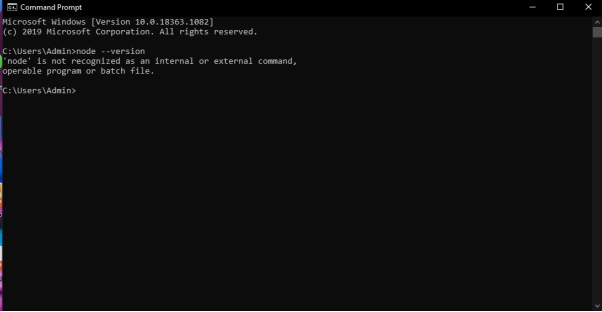

- #Appium tutorial chapter 1 install
- #Appium tutorial chapter 1 android
- #Appium tutorial chapter 1 password
- #Appium tutorial chapter 1 download
#Appium tutorial chapter 1 android
If it is your first time installing Android Studio then just select the “Do not import settings” option and click the OK button.
#Appium tutorial chapter 1 install
)Īnd click the install button to start the installation process. Select your directory or keep the default and click next. Select all options and click the next button.
#Appium tutorial chapter 1 download
We are going on with Windows.Īfter download the Android Studio, installation is straightforward. Click the “ Next” icons and finally click the “ Finish“.Ĭlick to download Android Studio based on your operating system Windows, macOS, Chrome OS, or Linux. Let’s go to Android Studio Download and install Android Studio. Windows users will go on with the below installation steps. Installation steps and configuration settings have described in this article at step-4 and step-5.įor MACOS users please visit the below article for all installation needs. Alright, Let’s start! Appium Tutorial Prerequisites: JAVA and Maven Installationĭownload JAVA JDK first.

First, we need to do a proper Appium Installation. After that, we will continue with the Advance Appium Tutorial series. More details can be found in the official protocol docs.Appium Tutorial 2021 is ready for all testers! I will use Appium Desktop and Android Studio to create a sample mobile test automation project for you.

For it to work, there can't be a delay between the interactions.Īppium command. Vertical, for example, requires pressing down, moving to a different y coordinate, and then releasing.

This latency can make certain touch interactions impossible because some interactions need to be performed in one sequence. This is useful because Appium commands are sent over the network and there's latency between commands. 'Touch Perform' works similarly to the other singular touch interactions, except that this allows you to chain together more than one touch action as one command. This functionality is only available from within a native context. response: Clipboard content as base64-encoded string or an empty string if the clipboard is empty.Retrieve visibility and bounds information of the status and navigation bars. Intent category which will be used to start activityįlags that will be used to start activityĪdditional intent arguments that will be used to start activityĭoesn’t stop the process of the app under test, before starting the app using adb Intent action which will be used to start activity startActivity ( appPackage, appActivity, appWaitPackage, appWaitActivity, intentAction, intentCategory, intentFlags, optionalIntentArguments, dontStopAppOnReset ) More details can be found in the official protocol docs. Returns the information types of the system state which is supported to read as like cpu, memory, network traffic, and battery.Īppium command. If remote_path is set, the response is empty string
#Appium tutorial chapter 1 password
The password for the remote authentication. The name of the user for the remote authentication. Null or empty string value (the default setting) means the content of resulting file should be encoded as Base64. This option only has an effect if there is screen recording process in progreess and forceRestart parameter is not set to true. The following protocols are supported http/https, ftp. The path to the remote location, where the resulting video should be uploaded. stopRecordingScreen ( remotePath, username, password, method )


 0 kommentar(er)
0 kommentar(er)
